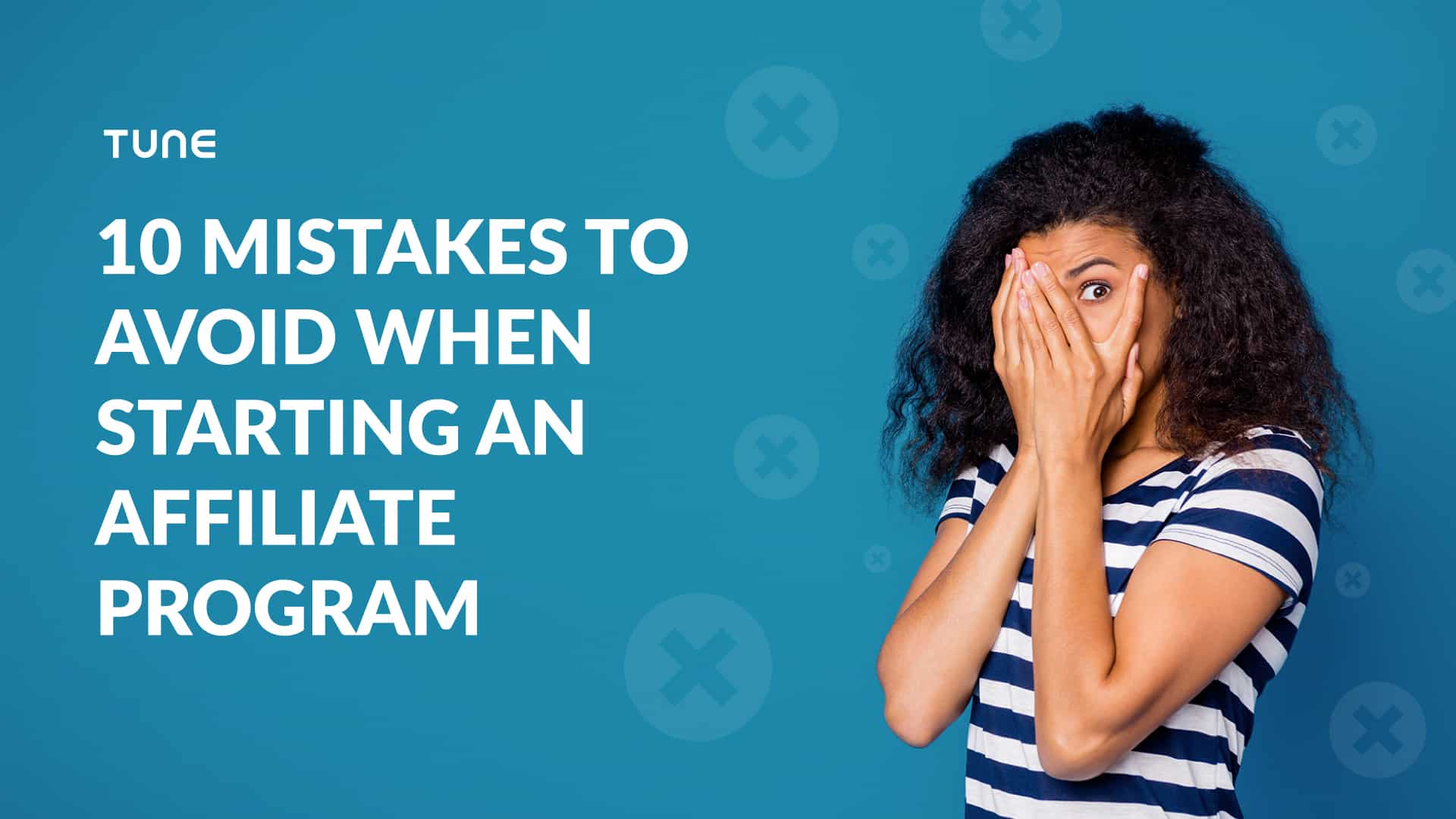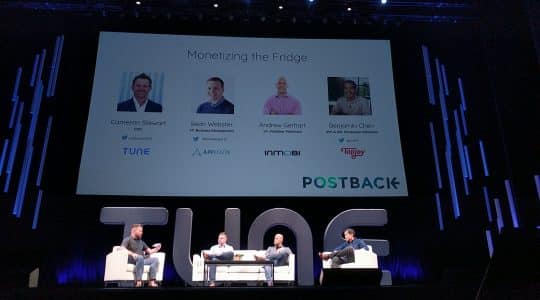
As much as we like to talk about success stories, we’ve also seen quite a few cases of brands not being able to accomplish their goals when it comes to partner marketing. Let’s have a closer look at some of the most common oversights so you can be sure you don’t follow in the wrong footsteps.
Underestimating the Time and Effort This Channel Takes
The commercial team heard that affiliate marketing is a good way to boost sales. They do some quick research and find out that it’s even better than they thought. You just need to find a platform, create a signup link, place it on your website with a big button that says “Join Our Affiliate Program,” and then sit back and watch your sales grow.
Well, as easy as it sounds, affiliate marketing requires a minimum of one full-time employee, and as a program scales, it would require a whole team. Partner recruitment, initial guidance, offer setup, optimization, monitoring, billing — there’s a lot that goes into a program.
A platform like TUNE will facilitate all of this; however, only the product owners can make results go through the roof. Allocate enough human resources to your program if you want to see it scale.
Lacking the Internal Technical Resources
You know, pixels aren’t a thing anymore in 2022. (Honestly, they weren’t even back in 2020.) As more people and governments become concerned about user privacy, relying on cookies for tracking isn’t going to work.
Because it doesn’t rely on pixels, postback tracking (or server-to-server tracking) is the way to go — but that’s where many brands get stuck. Why? Because at this point, you need a developer or someone with enough technical knowledge who can build a server that can store user information.
Many brands don’t think of it in advance and don’t secure internal resources to address this. While TUNE has some alternative solutions (such as our JavaScript SDK), you will still need assistance from your website or dev team. If they don’t cooperate, your program won’t launch.
Not Knowing What Traffic Fraud Is
A very common mistake is to think that if you pay only a flat rate per sale or revshare, you are safe from fraud. Unfortunately, that’s not true. You would be surprised how advanced modern fraud technologies are these days, especially when it comes to mobile offers.
Make sure you learn about click spamming, click injection, duplicate IPs, and bot traffic prior to your program launch. Set the requirements in your Terms & Conditions so you are not forced to pay for fraudulent conversions. Once the program starts, check your overall sales, including organic, and confirm there is real growth. It won’t cost you much to take a few sales and look in your database to confirm the user is real. It could cost you much more if you don’t. Your awareness will pay off with time.
Falling for the Wrong Partners
This section is closely connected to the previous one, as you definitely don’t want to spend time, effort, and money on partners who use your organic sales as their own. However, that is not all you have to watch out for. Ensure you monitor stats and have conversations with partners who deliver lots of clicks, and sometimes even registrations, but not sales. Set a timeline to decide whether it’s worth continuing to work with such partners based on their performance.
Consider the time your team spends on communication. Nowadays, time is money. If a partner is struggling with tracking setup, not sharing required values in the URL, delivering leads from invalid sources, or sending incorrect billing details, count those as red flags. To avoid these behaviors in the first place, consider sharing a quick-start guide or other supporting documentation to make things easier and clearer for your partners.
Assuming Good Quality Partners Are Easy to Acquire
In the past, there were times when both big and little brands would receive loads of inbound requests from publishers from all over the world. While that may still be true for some household names, most modern companies will find that real publishing gems are hard to discover. And even when you do discover them, there might already be a queue of your competitors willing to offer higher payouts and better terms just to be advertised on their channels.
It’s important to apply a sales approach to partner recruitment. That includes following up, highlighting your product selling points, working on the best pricing, onboarding, and nurturing the relationship. Given the right amount of attention, you can achieve amazing results and crush your quarterly targets.
How to Set Yourself Up for Success
We hope your affiliate marketing program will be one of the success stories with the help of this article. The experts at TUNE are always there to help guide you through this process and share insights, best practices, and advice. Great results come from a joint effort — best of luck with your affiliate marketing journey!
Make sure you nail it (and don’t fail it): Download our 10 Mistakes to Avoid When Starting an Affiliate Program e-book!
Author
Iana is the Head of Customer Success, EMEA at TUNE. After getting her master’s in International Marketing in Sweden, she moved to Germany and dove into the ad tech world, gaining experience in mobile advertising, social media, and SaaS for marketers. You can find her meeting friends in a nice neighborhood of Berlin with a glass of wine and smile.





Leave a Reply
You must be logged in to post a comment.